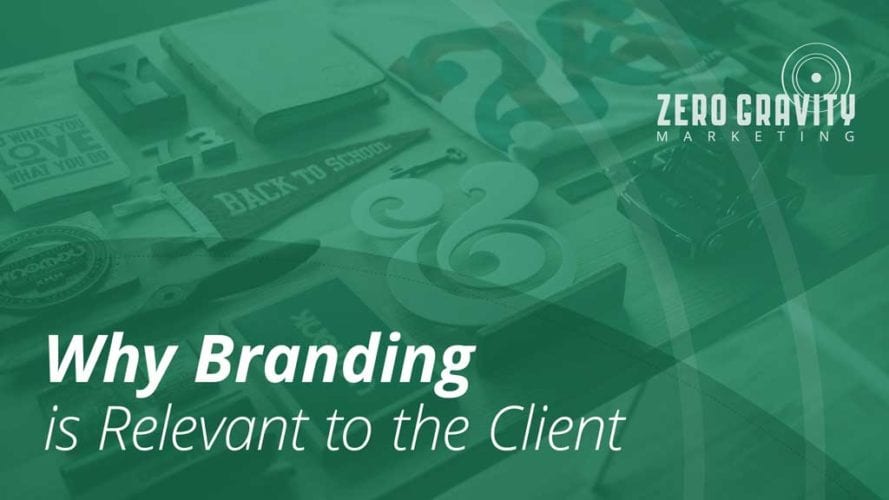If you think about iconic companies, like Nike, Apple, Target, and Starbucks, certain images probably come to mind, along with a general feeling about what the company means to you. A specific brand might make you think of positive things, like luxury, quality, speed, value, or expertise. On the other hand, you might instead think of negative qualities, like cheap products, or unfriendly, unhelpful, and stuck up customer service.
Branding not only helps convey the things you want people to associate your company with, but it also helps to keep a cohesive feel across all aspects of the business. At its core, it’s what makes you identifiable and – when done right – memorable.
Differentiating your company from competitors in your industry is important. To do this, companies use their name, logo, images, design, products, content, and color scheme to build a unique identity. The messages you convey through your branding process should consistently speak to your audience, regardless of whether they are in your store, shopping on your website, or browsing your social media accounts.
Tailor Your Branding to Your Target Audience
Before you even start building your company brand, you should have a solid idea of who you are trying to attract. First, build your buyer personas by looking at your top customers and create a fictional example profile. Then start considering what would appeal to them. What questions are your ideal customers asking and what do they appreciate most about your business? Branding should be designed to help draw new leads and retain customers.
Find Advocates Through Branding
Whenever a customer or employee gets excited about your company and tells their friends or family, they are a brand advocate. These advocates are valuable because they use the most powerful free marking tool — positive word-of-mouth (WOM) marketing. WOM marketing is often more impactful because most people trust the reviews, opinions, and experiences of their friends and family. Not only is it powerful, but it also organically increases your reach.
Great branding creates a sense of connection and belonging among your customers and employees, which, in turn, builds brand loyalty. If your audience feels a sense of commitment to your company, it’s more likely that they will actively promote it to their friends and family.
Creating the Ideal Brand
Not sure where to start? Here are some quick questions to help you evaluate your needs:
- Is your brand geared towards your target audience?
- Will visitors understand your message, goals, priorities, and company strategy effortlessly?
- Does your messaging give insight into the individuality of the company?
- Is branding cohesive across various channels and types of content?
- Is your brand memorable and easily recognizable?
If your brand needs an overhaul, pondering your direction and purpose will be well worth the effort. The more you can help a customer understand the “why” behind what you do, the easier it will be to get them on board as a customer.
One of the first places you will start will be with defining your target audience and creating buyer personas. When you are comfortable with who you are working to attract, you can look at your company name, logo, and logo type. You want to define what direction, style, and look your branding design is going to have. Everything else is going to stem from these first stepping stones.
The importance of branding is in building natural growth and stability. Your clients are going to feel more secure, excited, and familiar with your company if you have a solid branding strategy in place.
In need of a branding strategy or revamp? Contact our experts at Zero Gravity Marketing today.









